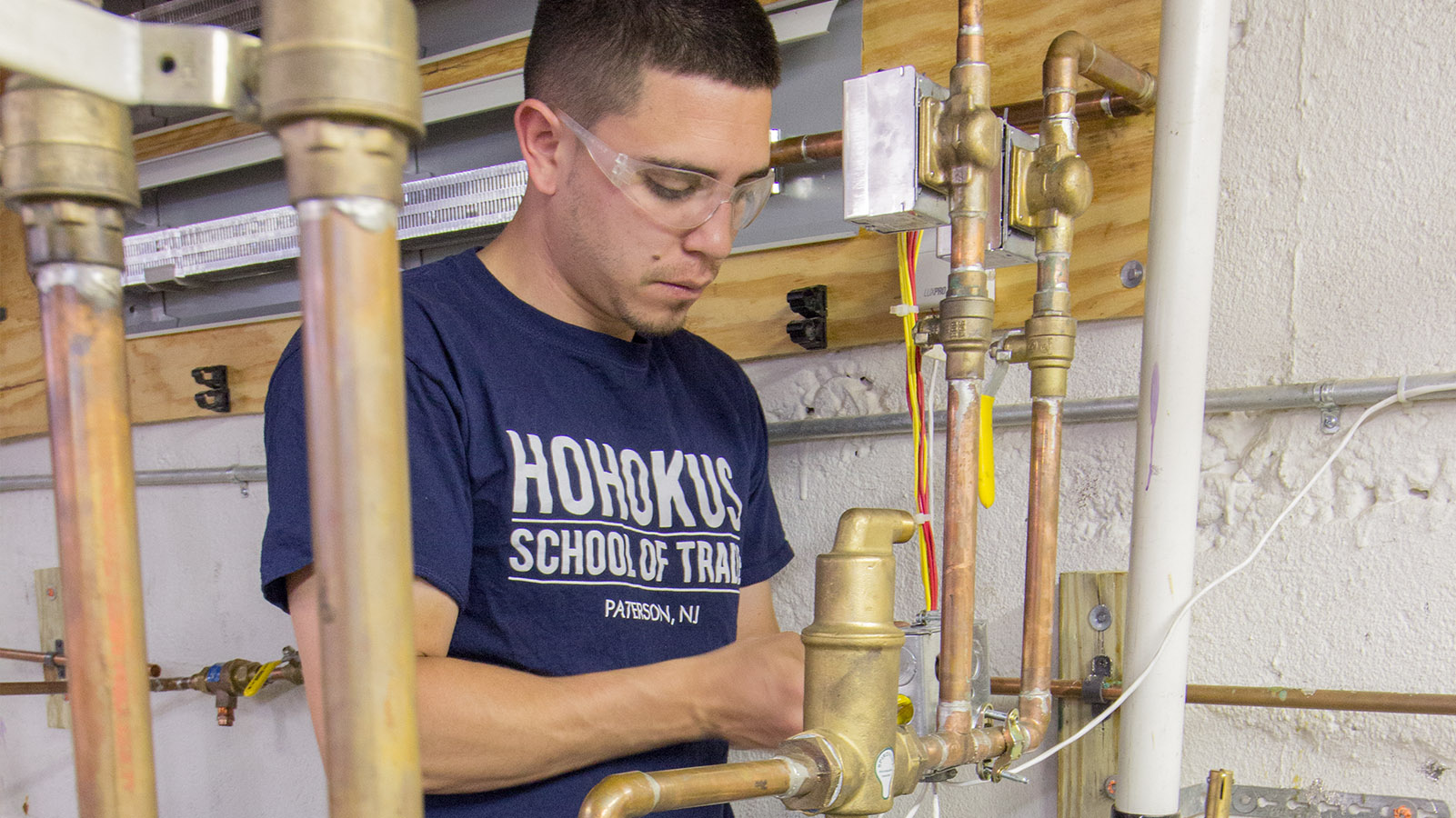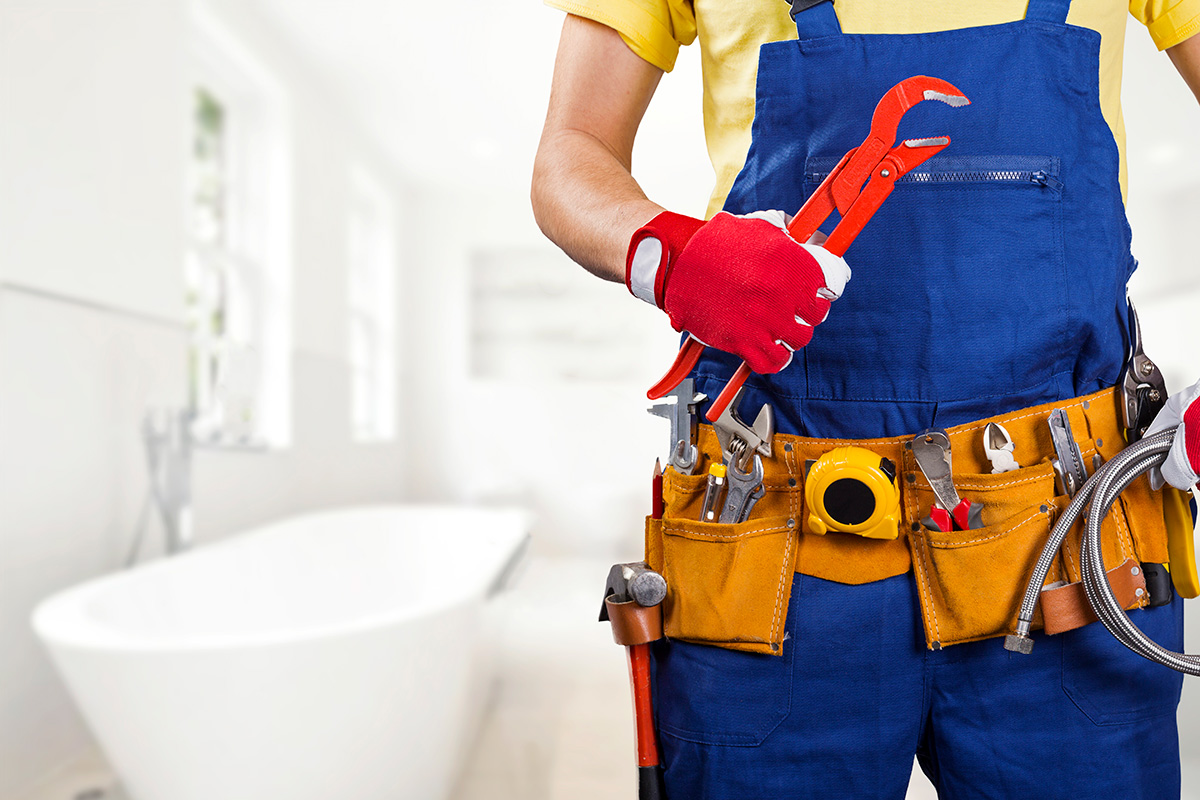Budget-friendly Plumbing Services Alabaster AL for Every Budget plan
Budget-friendly Plumbing Services Alabaster AL for Every Budget plan
Blog Article
A Detailed Guide to Efficient Water Heating System Installment for Ideal Performance
Starting the job of setting up a water heater is an endeavor that requires precision and an organized strategy for attaining optimum efficiency. The procedure starts with the essential choice of choosing the appropriate heating system customized to the certain needs of your house, taking into consideration elements such as energy, type, and dimension source. When chosen, preparing the installment area to fulfill safety criteria is vital. However, the journey does not end below. As you continue, the ins and outs of attaching water system lines and establishing trustworthy electrical or gas links wait for, appealing understandings right into guaranteeing performance and reliability.
Selecting the Right Water Heating System

Following, think about the size and ability of the water heating unit. It's essential to evaluate your family's warm water requirements, which can differ based upon the number of residents and their use patterns. A device that's also small may result in inadequate warm water, while an extra-large version might result in unnecessary energy usage.
Effectiveness scores also play a crucial duty in selection. Look for hot water heater with high Energy Variable (EF) rankings, showing premium efficiency and minimized power usage. Tankless models, though generally much more expensive upfront, deal significant energy savings over time as a result of their on-demand home heating abilities.
Preparing the Setup Area
Prior to setting up a brand-new water heater, thorough preparation of the setup area is necessary. It's essential to gauge the area meticulously to fit the water heating unit's measurements, guaranteeing ample clearance around the unit for reliable operation and servicing.
Next, get rid of any particles, dirt, or blockages from the site to create a clean atmosphere. Examine the floor for stability, as the hot water heater will certainly need a solid, level surface area to run effectively. If required, set up a drip frying pan underneath the device to capture possible leakages or spills, protecting against water damages to the surrounding location. In areas vulnerable to seismic task, take into consideration mounting seismic bands to protect the heating unit securely in position.
In addition, make certain that all essential devices and materials are on hand prior to beginning the setup. This includes items such as wrenches, screwdrivers, a degree, and any kind of added hardware required for protecting the heater and placing. A well-prepared installment area establishes the structure for a successful hot water heater configuration, maximizing performance and security.
Connecting Water Supply Lines
When attaching supply of water lines to your recently set up hot water heater, it is critical to make certain that all connections are leak-free and safe to maintain reliable operation and protect against water damage. Begin by recognizing the hot and cool supply of water lines. The cool water inlet is commonly marked with a blue tag or a "C", while the warm water electrical outlet is noted with a red label or an "H".
Usage flexible hot water heater connectors to promote a simpler installment process. These ports can soak my site up vibration and enable slight motion, reducing the danger of leakages. Prior to attaching the ports, position a plumbing technician's tape around the threaded ends of the water heater's inlet and outlet pipelines - Plumbing Services Alabaster AL. This tape serves as a sealant, protecting against leaks. Thoroughly link Clicking Here the flexible hose pipes to the particular inlet and electrical outlet, ensuring that they are tight however not over-tightened, which can damage the threads.
When connections are in location, slowly turn on the primary water system shutoff. Check each link for leakages by aesthetically inspecting and feeling for wetness. Tighten connections as necessary, and guarantee the pressure safety valve is correctly mounted, guarding against excessive stress accumulation.
Establishing Electric or Gas Connections
Appropriately setting up the electric or gas connections for your water heater is a critical step to ensure secure and efficient procedure. For electric water heating systems, begin by validating that the electrical circuit is suitable with the heater's voltage and amperage needs.
For gas water heating systems, safety is extremely important. Confirm that the gas supply is off prior to continuing. Link the gas line to the hot water heater utilizing an adaptable gas connector, guaranteeing it is properly threaded and sealed with pipeline joint substance or Teflon tape suitable for gas links. Tighten up the connections with a wrench, taking treatment not to over-tighten (Water Heater installation Alabaster AL).
As soon as connections are made, evaluate for any kind of potential leakages. For gas lines, use a soapy water solution to the joints; bubbles suggest a leak. For electric links, ascertain that all electrical wiring is protected and properly insulated, preserving conformity with neighborhood electric codes.
Testing and Adjusting for Efficiency
With the electrical and gas connections securely in position, the next step is assessing the operational efficiency of your water heater. Begin by thoroughly turning on the supply of water and guaranteeing there are no leaks at any of the shutoffs or joints. As soon as validated, continue to fill up the tank, taking note of the pressure and temperature level setups. It is a good idea to set the thermostat to a recommended temperature of around 120 ° F(49 ° C) to stabilize power effectiveness and comfort.
Following, carry out an extensive evaluation to make certain the burner or gas heaters are working correctly. For electrical heating units, utilize a multimeter to validate if the elements are attracting the proper current. In gas versions, observe the burner fire; it ought to be consistent and blue, indicating reliable combustion.
Readjust the settings as essential to get rid of inadequacies. Think about implementing insulation procedures, such as adding a water heating system covering, to additionally boost performance by decreasing heat loss. In addition, check the anode pole's problem, as a scrubby pole can decrease performance and lead to storage tank deterioration.
Conclusion
Effective hot water heater setup is critical for guaranteeing ideal efficiency and energy cost savings. By picking the appropriate type and size, and diligently preparing the installation area, a structure for success is developed. Firmly connecting water system lines and meticulously setting up electrical or gas connections lessen possible concerns. Comprehensive testing for leakages and specific thermostat changes to 120 ° F enhance reliability and effectiveness. Abiding by link these steps promotes long-lasting capability and power preservation in household water heating unit.

Properly setting up the electric or gas links for your water heating system is an essential step to guarantee risk-free and effective procedure. For electric water heating units, begin by confirming that the electrical circuit is compatible with the heater's voltage and amperage requirements. Connect the gas line to the water heater using a flexible gas adapter, guaranteeing it is effectively threaded and secured with pipeline joint compound or Teflon tape suitable for gas connections.
Report this page